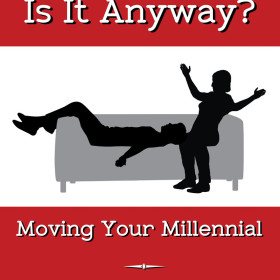 According to recent Pew Research data, the national unemployment rate for 18 to 34 year olds declined to 7.7 percent in the first third of 2015. Yet now even more Boomerang Kids – many with a college degree, huge student loans and poor job prospects – are living with their parents than in the Great Recession.
According to recent Pew Research data, the national unemployment rate for 18 to 34 year olds declined to 7.7 percent in the first third of 2015. Yet now even more Boomerang Kids – many with a college degree, huge student loans and poor job prospects – are living with their parents than in the Great Recession.
Millennials were hardest hit during those years and economic growth since has been slow. The 20s, now defined as Adultolescence, are considered a crucial decade when the lessons learned influence who they become as adults. Some say that 28 is the new 18. And the U.S. has become more like other parts of the world where it’s common for twenty somethings to live at home until they get married. Yet in so many articles about Boomerang Kids, writers and readers are focused on how lazy and self centered they are and that they need to move out and on with their own lives.
Traditionally, when adult children lived with family, it was because of basic needs not wants. But today, factors beyond financial debt impact that decision: the desire to buy a car, build up a bank account, save for a down payment. Just like when other cultural norms shift, the result is eventually less stigma, embarrassment or shame. With greater maturity and life experiences, they can see their parents in a different light – and are better able take their advice or draw on their wisdom.
A lot of Millennial parents are just fine with emerging adut children living at home. They want to give them a chance to get on their feet. This transition demands a lot of support and involves a change in mindset as well. As parents accept Boomerang Kids back, they may have to postpone the next phase of their lives, whether the plans were to downsize, retire or travel. Some do it willingness, others not so.
Development experts and the media are seeing it more and more as a culturally and socially acceptable explanation for Boomerang Kids and their parents. But as with any change in the family, there’s bound to be an adjustment period with inevitable stressors and challenges. Learn how to make a smooth transition by putting guidelines in place, clarifying responsibilities, setting clear goals and timelines for moving forward. With parents seeing the necessity and kids appreciating the convenience, there can be many gifts in living under the same roof again, at least for a short time…..









